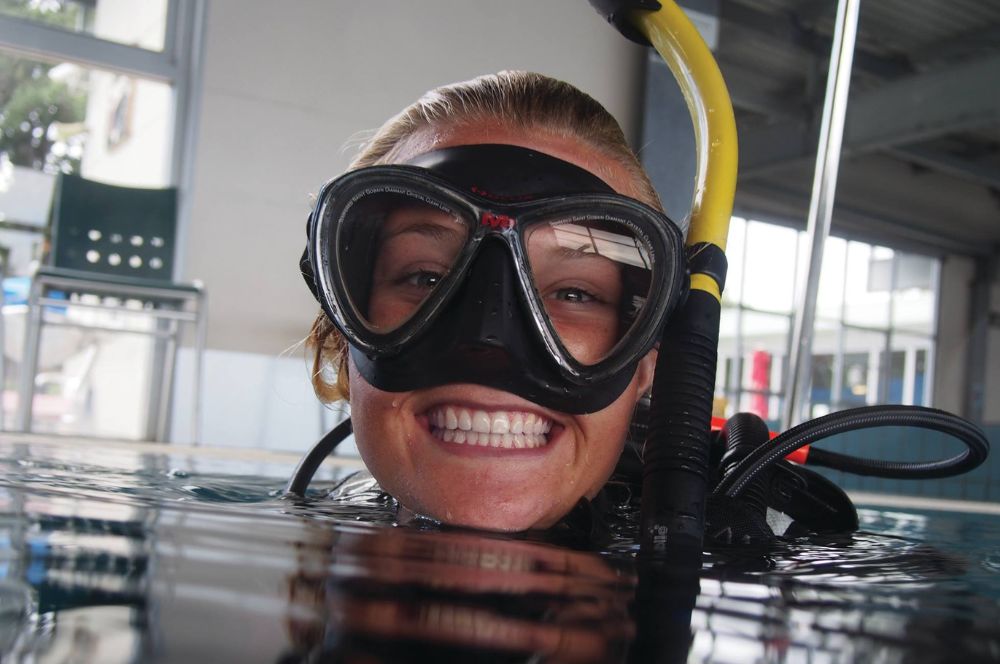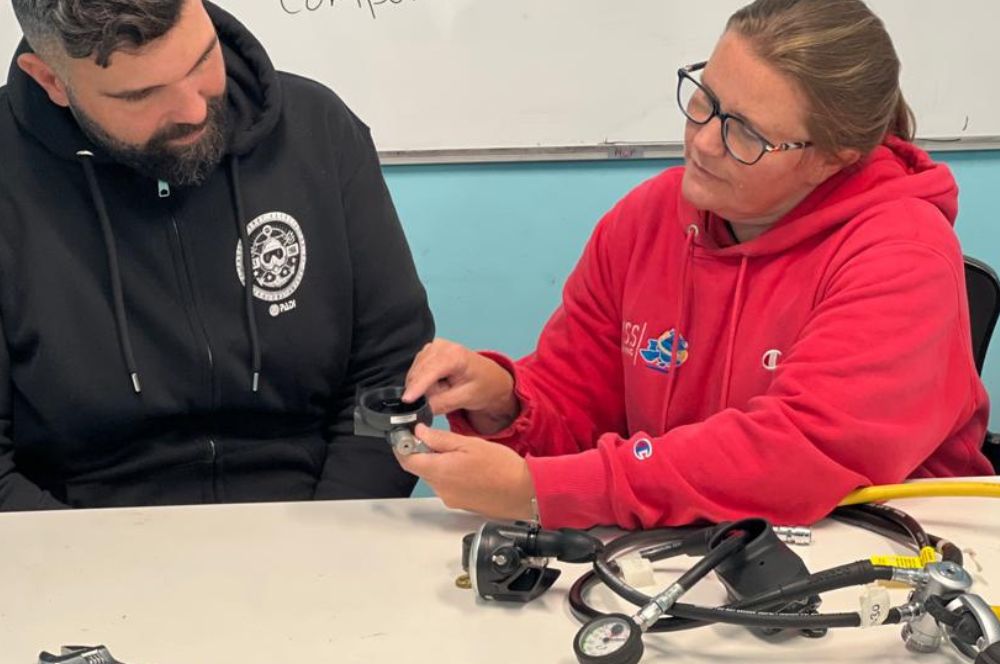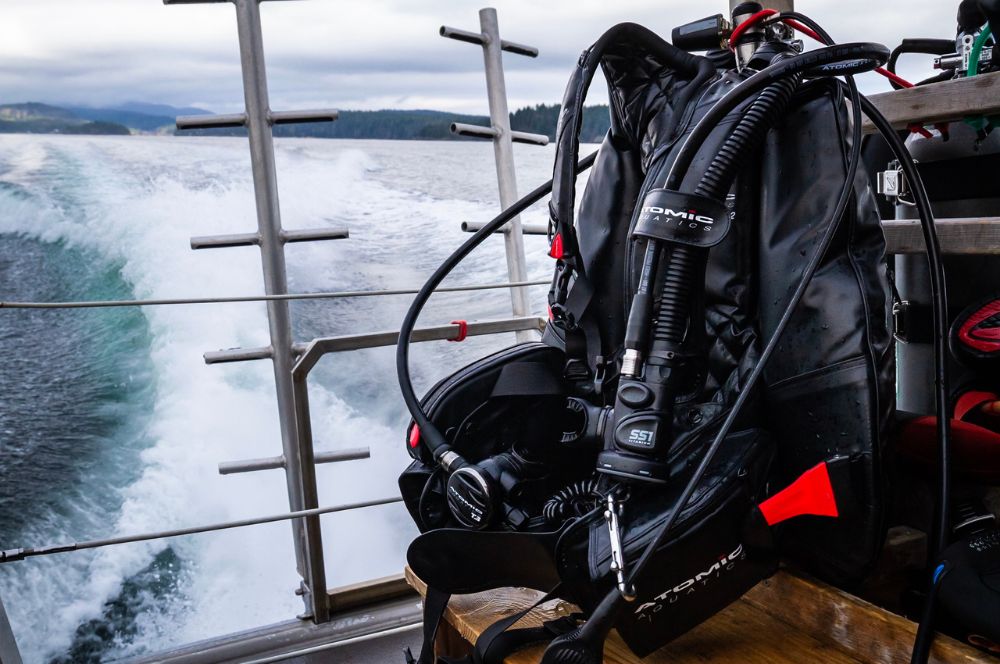You have 0 product(s) in your cart.
Abyss Scuba Diving
The Ultimate Guide To Padi Instructor Development Course Success

The Ultimate Guide to PADI Instructor Development Course Success
PADI is the world's leading scuba diving training organization. It has made dives across the world safer by setting standards for open water, advanced and rescue diver training. Since being founded in 1966, it has trained more than six million divers through its network of 5,300 dive centres worldwide.
When you enrol in a PADI Instructor Development Course (IDC), you are making a commitment to yourself and your future as a dive professional. The IDC is the first step on the road to becoming a PADI Instructor, and it is also one of the most important steps in your development as a dive leader.
The goal of the IDC is to develop your skills and knowledge so that you can confidently and effectively teach scuba diving, pass on your love of the sport, and help others to safely enjoy the underwater world. Although the IDC is challenging, it is also an immensely rewarding experience. During the course, you will not only learn how to teach scuba diving, but you will also have the opportunity to improve your own diving skills and deepen your understanding of the marine environment.
There are a few things you should keep in mind when embarking on your IDC that will help you to succeed.
- Choose The Best Course Director and Dive Centre
Consider a Course Director that is a good fit for you. A Course Director with extensive scuba diving experience and extensive first-hand teaching experience. The dive centre is also important as it not only sets the tone of the IDC but also the number and quality of support staff. Remember as a new instructor, that you can learn much from the dive centre where you do your IDC. - Ensure You Have Completed All Your Pre-IDC Study.
Make sure that you are fully prepared and have read all the required material, both your PADI online material and any hard copy material before the course starts. Have an exceptional understanding of Dive Theory and test that knowledge in your Dive Knowledge Workbook. This will give you a good foundation to work from and will make it easier to absorb the information during the IDC itself. - Utilize All the Resources Available to You.
Take advantage of all the resources available to you during the course, including your Course Director, fellow students, and dive centre support staff. Use these people as a sounding board for your ideas and queries, and do not be afraid to ask for help if you are struggling with something. - Ensure You Are Physically Fit and Ready to Dive.
Being physically fit will help you to better deal with the challenges of diving, both mentally and physically, while being dive ready will ensure that you can easily perform all the key dive skills even under stress. On every dive you take, practice the twenty-four skills from your Divemaster training in the ocean, so that you can do them all in a slow, exaggerated way. - Plan For IDC 100% Focus.
The IDC is a demanding and intense course that focuses on building your dive knowledge and diving skills. Your IDC will run for 8-10 hours each day and will require several hours of home study each night. Ensure that you have pre-studied all the necessary information and prepared yourself with theoretical knowledge before taking the course. - Becoming An Instructor Is Only the Beginning
Remember that learning never stops; even after you have completed your IDC and become a certified PADI Instructor, there will still be plenty more to learn. The key is to stay motivated and always keep an open mind – if you do this, then success in both your professional and personal diving career is sure to follow.
In addition to these tips, there are a few things to keep in mind as you prepare for your IDC:
- Remember, you need to have a PADI medical signed by a doctor within the past 12 months
- Remember you need all your PADI / non-PADI Certification cards. Your course director will need the PADI certification numbers, Instruction numbers, and Dive Centre numbers. If you do not have them, you can get them off the PADI website. You need to provide photocopies of all non-PADI certifications.
- Be sure that you have had CPR & First Aid training within the past 24 months, if not, then you may want to take a refresher course.
- Remember, you will need to show your Course Director your logbook with proof that you have completed one hundred logged dives.
By following these simple tips, you can set yourself up for success in your IDC and start on your path to becoming a certified PADI Instructor.
What Recent IDC Candidates Say:
RELATED POSTS
-
Building Your Diving Resume: How to…

Building Your Diving…
Building Your Diving Resume: How to Stand Out as a Divemaster If you're an aspiring dive professional or […] -
Guardians of the Deep: Understanding…

Guardians of the Deep:…
What is a Divemaster? A Complete Guide to Divemaster Certification Embarking on a journey to become a professional […] -
PADI Equipment Specialist Course: Essential…

PADI Equipment Specialist…
Why Aspiring Divemasters and Instructors Need the PADI Equipment Specialist Course As an aspiring Divemaster […] -
Dive Master Essentials: Top Gear &…

Dive Master Essentials:…
The Dive Master's Toolkit: Essential Gear and Equipment for Your Divemaster Course and Beyond Becoming […]
Recent Posts





